- Home
- Defensive Techniques
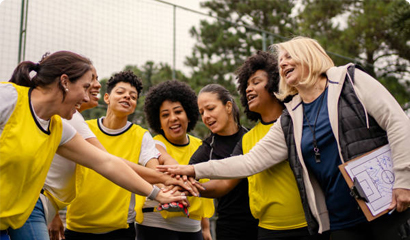
Before diving into intense football drills, a proper warm-up is non-negotiable. It primes your body, reduces the risk of injuries, and ensures peak performance during training. Start with 5–10 minutes of light jogging or brisk walking to elevate your heart rate and increase blood flow to your muscles. Transition into dynamic stretches, which are more effective for football than static stretches. Perform exercises like leg swings (forward and sideways), arm circles, and walking lunges with a twist to engage multiple muscle groups.
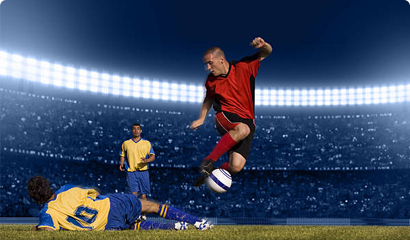
Dribbling is one of the most essential skills in football, requiring precision, speed, and creativity. To improve, start with cone drills: set up a line of cones spaced about 1 meter apart. Practice weaving the ball through them using the inside and outside of both feet. Focus on keeping the ball close to your body to maintain control even in tight spaces.
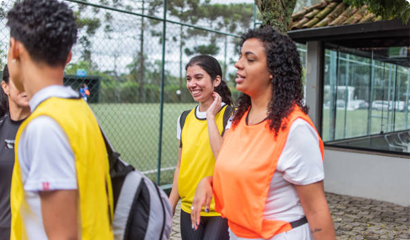
Scoring goals is the ultimate aim in football, and improving your shooting accuracy and power is vital. Begin with stationary shots: place the ball at the penalty spot and practice striking it into the corners of the goal. Focus on planting your non-kicking foot beside the ball, striking the ball with the instep or laces of your dominant foot, and following through toward the target.
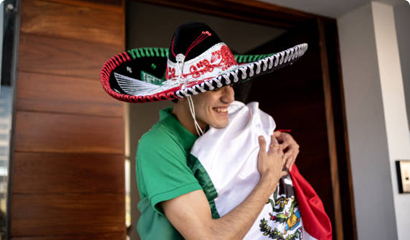
Defending is as important as attacking in football, and mastering tackling techniques requires both skill and strength. Start with "shadow defending" drills, where you mimic an attacker’s movements without trying to win the ball. This builds anticipation and teaches proper defensive positioning.

Football requires a blend of endurance, agility, and explosive power. Incorporating fitness drills into your routine ensures you can maintain high performance throughout a match. Start with interval sprints: sprint 50 meters, jog back, and repeat for 10–15 rounds. This mirrors the bursts of speed needed during a game.
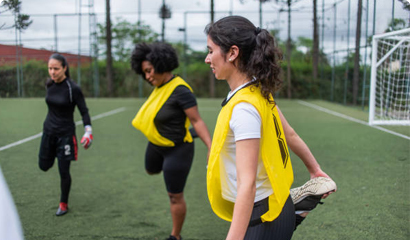
The cool-down phase is often overlooked but is crucial for muscle recovery and preventing soreness. After intense training, spend 5–10 minutes doing light jogging or walking to bring your heart rate back to normal. Follow this with static stretches, focusing on all major muscle groups used during training.
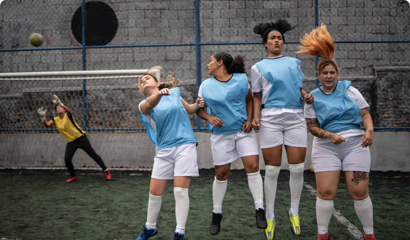
Passing and receiving are essential skills for teamwork and ball movement in football. Start with short passes over 5–10 meters, using the inside of your foot to maintain control and accuracy. Work on both one-touch and two-touch passes, depending on the situation. Practice triangle passing drills with two partners to enhance your spatial awareness and ability to pass under pressure.
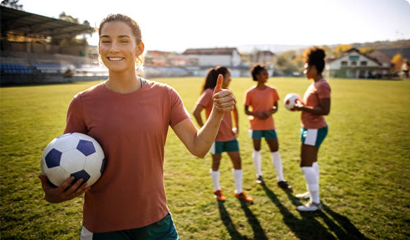
Football requires constant acceleration, deceleration, and rapid changes in direction. Incorporate ladder drills, such as lateral steps and quick hops, to improve foot speed and coordination. Use cone drills like "Zig-Zag Sprints," where you sprint from cone to cone in a zigzag pattern, focusing on sharp turns and quick movements.
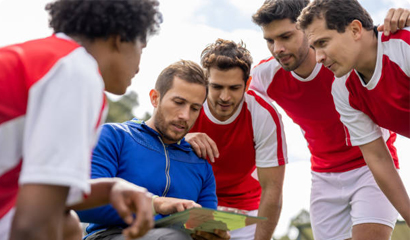
Crossing and finishing drills are essential for players in attacking positions. Set up cones or targets in the penalty area to simulate teammates or goal zones. Practice crossing from the wings, focusing on precision and timing. Use both feet to develop versatility in crossing the ball.
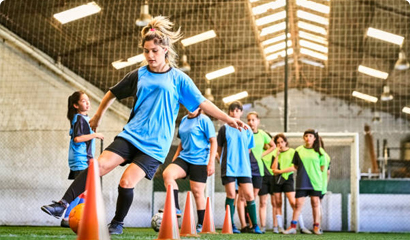
Defensive skills are crucial for maintaining possession and breaking down the opponent's attack. Work on tackling drills with a partner where one player dribbles, and the other practices standing tackles. Focus on timing, body positioning, and maintaining balance.
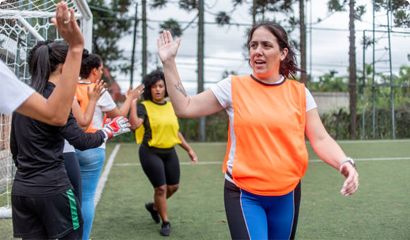
Strength is a key component of football performance, aiding in tackling, sprinting, and maintaining balance. Incorporate compound exercises like squats, deadlifts, and lunges to build lower-body strength. For upper-body power, focus on push-ups, pull-ups, and bench presses.
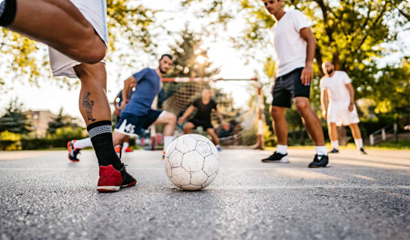
Understanding the tactical aspects of football is as important as physical training. Small-sided games (e.g., 3v3 or 5v5) are excellent for developing game awareness, decision-making, and teamwork. These games encourage quick thinking and adaptability under pressure.